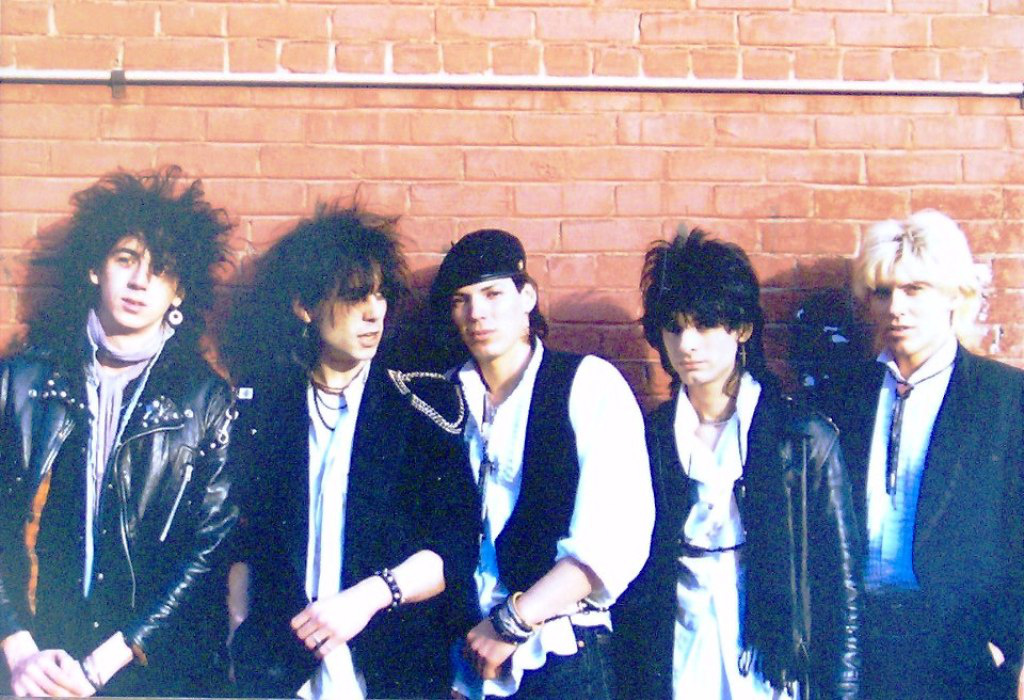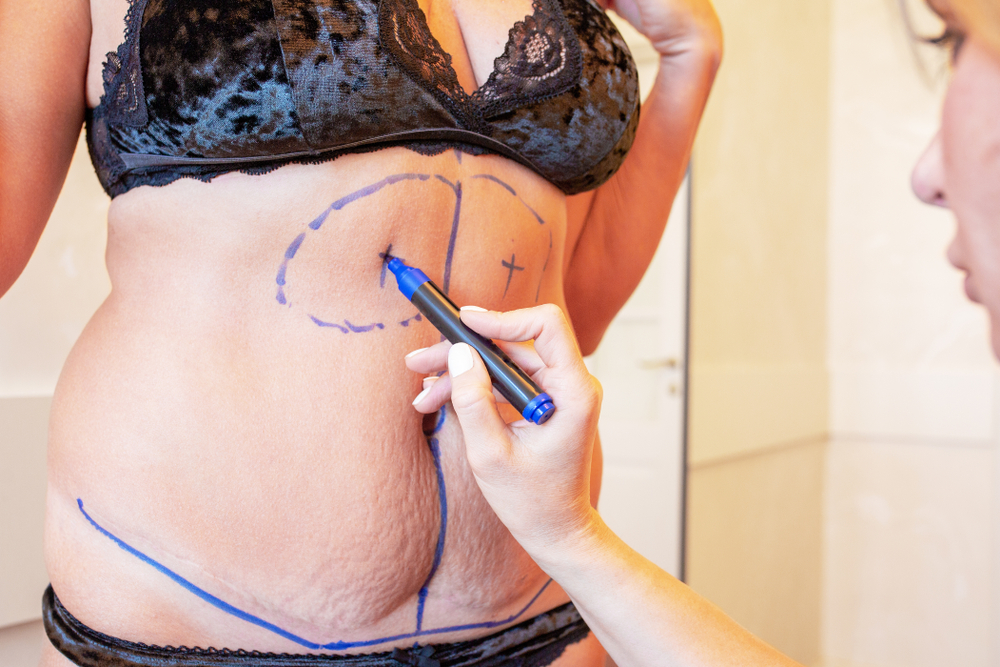When it comes to the elimination of undesirable fat deposits and re-sculpting your figure, liposuction and its more contemporary counterpart, Coolsculpting, represent two of the most popular and effective methods currently available.
Both liposuction and Coolsculpting share the same objective — slimming and re-contouring your physique — but the techniques are dramatically different while results from the respective procedures also vary. So how do you determine which procedure is right for you? As is so often the case with plastic surgery, it all depends on the individual. Each procedure has its own advantages, disadvantages, and aspects you’ll want to consider before committing to one or the other.
While Coolsculpting exemplifies the growing trend towards non-invasive procedures, liposuction offers a more aggressive surgical method of targeting stubborn fatty tissue. An overview of the benefits, shortcomings, and costs of each technique is presented here.
Coolsculpting
While freezing away fat cells may sound like science fiction, Coolsculpting, also known as cryolipolysis or fat freezing, does exactly this. Approved by the Food and Drug Administration (FDA) in 2010, Coolsculpting works on the principle that fat cells are more sensitive to cold than other skin cells, and once frozen, can efficiently be metabolized by the body and removed through natural bodily waste processes.
A 2013 study of 528 patients published in the Aesthetic Surgery Journal demonstrated Coolsculpting to be a safe and effective body contouring method, consistently resulting in high patient satisfaction. Interestingly, the study also revealed Coolsculpting to be a popular procedure among men, with a full 24% of the study’s participants being male. Coolsculpting also tends to attract aesthetic surgery neophytes, people who have no history with cosmetic surgery. The procedure is most commonly applied to the flank (love handles), abdomen, inner/outer thighs, and the submental area (beneath the chin).
What happens during a Coolsculpting session?
For many patients, what’s most appealing about Coolsculpting is that the entire process is non-invasive and can be performed under sedation or with general or local anesthesia. Ann Arbor, Michigan-based double board-certified plastic surgeon Dr. Pramit Malhotra demystifies what a Coolsculpting session entails:
“CoolSculpting is a non-surgical procedure that uses a controlled device to freeze and destroy fat. Fatty areas are gently pinched between the CoolSculpting applicator, which cools the area to a temperature that causes fat cells to crystallize and dissolve. Each applicator takes approximately one hour to complete and there is no downtime afterwards.”
Following the hour-long treatment, the frozen area is briefly massaged. On average, one session dissolves approximately 20 percent of the fat cells in the targeted area. Surgeons boast that the process is quick and causes such minimal discomfort that once the area has been numbed, the patient can lie back, relax and indulge in a good book or even answer their email while undergoing the treatment. Many people will schedule a treatment on their lunch break and return to their desk an hour later with their colleagues being none the wiser.
Following a Coolsculpting session there may be some tenderness and swelling of the targeted area. The full results only become apparent approximately two or three weeks after treatment.
If Coolsculpting is something you’re considering, booking an initial consultation with a plastic surgeon to discuss your concerns, budget, and expectations about what can realistically be achieved with the procedure is an important first step. Surgeons will often recommend patients consider undergoing two Coolsculpting sessions delivered eight weeks apart. Baseline photographs are taken prior to each session and later compared at your first post-procedure follow-up visit two or three months afterward to determine the extent/success of your results.
Ideal candidates for Coolsculpting
Coolsculpting is an excellent option for patients who:
- Have limited or small areas where they wish to target fat bulges
- Want to avoid surgery or anesthesia
- For certain medical reasons need to pursue a non-invasive treatment option.
Advantages
As a non-invasive procedure, Coolsculpting is very safe. Other advantages include:
- A quick recovery period
- Little risk to the patient
- The immediate availability to return to work
- The permanent removal of fat cells in the targeted area
Disadvantages
Ironically, the main disadvantage of Coolsculpting often happens to be what attracts many people to it in the first place. Coolsculpting patients prefer to avoid surgery and are willing to accept less dramatic results in exchange for the far shorter recovery time required. However, many will find they need multiple Coolsculpting sessions, and over the long run that can end up costing more money.
Plus, there are complications that could arise from the treatment:
- Erythema (reddened, irritated skin)
- Swelling
- Bruising
- Soreness
- Numbness
- Itching
- Neuralgia (nerve damage)
However, most surgeons are quick to point out that most side effects generally only last several days.
>>Learn more about the body areas that Coolsculpting can treat and its effectiveness.
Cost of Coolsculpting
Coolsculpting treatment costs, on average, between $800-$2000 per session, depending on the area being treated. When calculating if Coolsculpting represents the more cost-efficient option for you, in short, it depends on your body and the volume of fat you’d like removed. For limited areas that can be sufficiently treated with only two sessions, Coolsculpting represents the more cost-effective option of the two.
However, if there are multiple sites needing treatment and you require three or more sessions, Coolsculpting may be more expensive than liposuction. Dr Ashish K. Bhattacharya, a plastic surgeon with a practice in Freehold, New Jersey emphasizes, “Coolsculpting can be very costly, especially when multiple treatments are needed to achieve the desired results.”
Liposuction
Liposuction, also referred to as lipectomy, lipoplasty, liposculpture, or lipo, was the second-most popular plastic surgical procedure in the world in 2015, according to the International Society of Aesthetic Plastic Surgery (ISAPS). A minimally invasive surgical approach, liposuction removes excess fat from localized regions of the body. The fat cells in the treated area are reduced, and as long as the patient maintains their weight, it’s unlikely they’ll return.
“Despite an overall healthy lifestyle including a well-balanced diet and regular exercise, many individuals remain frustrated with the development of disproportionate contours due to localized fat deposits, known as ‘lipodystrophy’,” says board-certified plastic surgeon Robert M. Kimmel, MD, FACS. “These areas may arise due to multiple factors beyond one’s control such as gender, family traits, and hormone balance. In these situations, liposuction may provide the perfect solution.”
Liposuction effectively treats a wide range of areas of the body and is commonly performed for fat reduction in the lower abdomen, flanks, back, buttocks, knees, neck, chin, upper and backs of the arms, and the calves. Liposuction also works as a useful treatment for specific conditions such as
- Lymphedema, by removing excess fluid in tissues
- Lipodystrophy, by re-distributing uneven fat deposits in the body
- Gynecomastia, by eliminating excess fat beneath the breast area in men
Plus, it addresses any remaining fatty deposits in individuals who’ve recently experienced extreme weight loss.
While liposuction is able to achieve more dramatic results than Coolsculpting, surgeons are quick to point out that neither procedure should be seen as a replacement for losing weight naturally or as a treatment for obesity. It is recommended that patients only undergo liposuction when they are seeking to refine and contour stubborn spots where fat is hard to shift.
What happens during liposuction surgery?
Since its appearance on the plastic surgery scene in the eighties, the techniques used to perform liposuction have diversified:
- Tumescent liposuction pumps liters of saline solution below the skin in the area being treated. The fat is suctioned through small suction tubes known as micro-cannulas. This is the most common form of liposuction.
- Ultrasound-assisted liposuction (UAL) uses a cannula energized with ultrasound, melting and emulsifying the fat cells on contact, rendering them easier to suction out.
- Power-assisted liposuction uses a mechanized cannula which rapidly moves back and forth, allowing the easy removal of fat.
- Laser-assisted lipolysis uses a fine, fiber-optic probe under the skin which delivers low-level laser energy, breaking up fat cells and turning them into an oil-like substance which the body naturally processes, or that can be removed at the time of surgery.
Liposuction ordinarily takes place under general anesthetic as it is a surgical procedure. In cases where only a small area is targeted, a local anesthetic or sedation may be appropriate.
The time spent in surgery depends on the number of areas being treated and the quantity of fat that needs to be removed. Generally, treatment of one area takes one hour. Results should be visible after a month, once the swelling has subsided.
If liposuction is a procedure you’re interested in, it’s important to first book a consultation with a board certified plastic surgeon to discuss your aims, motives, and expectations. Liposuction, although minimally invasive, is nonetheless a form of elective surgery that carries risks and as such requires balanced consideration of its pros and cons. Your surgeon can help you decide the best option for you.
Ideal candidates for liposuction
- Have good skin tone and elasticity, so that the skin can mould itself into its new contours
- Are in a good state of general health
- Do not suffer from circulatory problems, diabetes or coronary heart disease
- Have realistic expectations of what liposuction can achieve, and are aware that results are subtle rather than dramatic.
Advantages
One of the most impressive advantages of liposuction is that the excess fat extracted from the targeted site(s) can be put to use in other parts of the body requiring fat or fillers. This is known as autologous fat transfer. The fat cells are isolated and cleaned, then injected into the area that requires volume or plumping, such as the the hollows under the eyes or cheekbones. For this reason, liposuction often occurs in conjunction with other surgical procedures.
Other advantages include:
- Reduction of cellulite or improvement in the appearance of cellulite
- Increased self-esteem
- Sculpting of areas difficult to contour due to stubborn fat deposits
- Safe removal of fat: for a 200 lb patient, up to 7 liters of fat can be removed.
RELATED: Is Liposuction Painful? Complications, Side Effects, Recovery, and Results
Disadvantages
Like any surgical procedure, liposuction poses a certain level of risk. Some of the complications that may occur as a result of this surgery include:
- Bruising
- Inflammation of the site: in some cases swelling may take up to six months to subside
- Blood clots in veins (thrombophlebitis)
- Numbness
- Infections
- Irregularities in skin contours
- Skin burns from the cannula movement
- Pulmonary edema (fluid accumulation in lungs)
- Pulmonary embolism (blockage of one of the pulmonary arteries)
However, under the care of an experienced board-certified surgeon, the risk of many of these complications can be mitigated.
Cost of liposuction
The cost of liposuction varies, depending upon the area being treated, the volume of fat being removed, and if general anesthesia is required. Liposuction may range in price from $1,000-$15,000.









